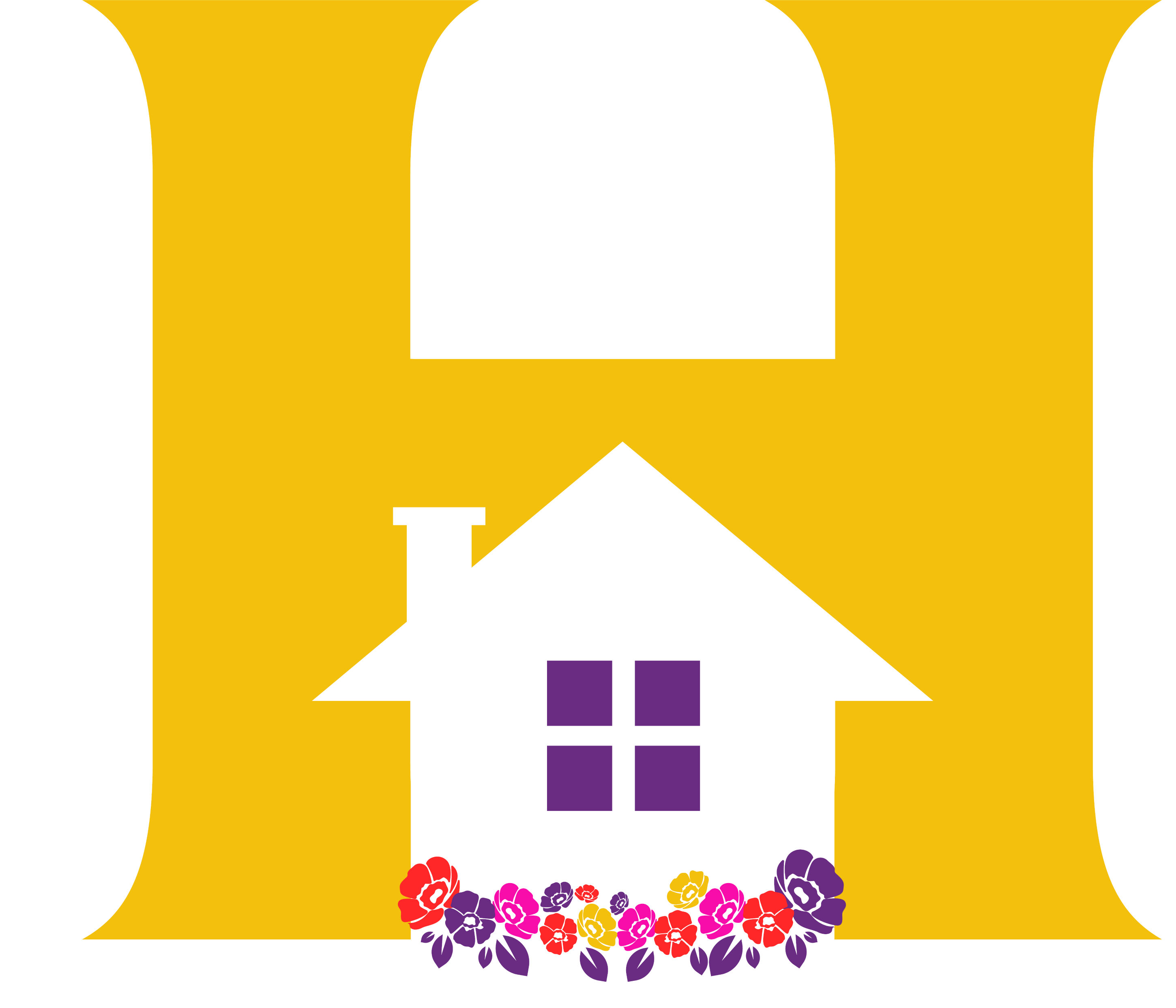Think about the children in your community, in your church, the ones who you see every week. Picture your children’s friends, the kids that come over for playdates after school. The reality is, some of them may be victims of child abuse. The CDC, the National Center for Disease Control, estimates that 1 in 4 girls and 1 in 6 boys are sexually abused by the age of 18. Let’s define child abuse.
1 in 4 girls and 1 in 6 boys are sexually abused by the age of 18.
Child Abuse Defined
Sexual abuse, however, is not the only type of child abuse. ChildHelp defines child abuse as a situation in which “a parent or caregiver, whether through action or failing to act, causes injury, death, emotional harm, or risk of serious harm to a child.”
There are many forms of child abuse. These include neglect, physical abuse, sexual abuse, exploitation, and emotional abuse. Caregivers are adults known to the children: teachers, coaches, bus drivers, siblings, and other family members and friends.
The majority of abusers in child abuse cases are well-known to the child.
Physical Abuse
Physical abuse is a situation in which a parent or caregiver causes non-accidental injury to a child. This type of abuse includes: striking, kicking, burning, biting, hair pulling, choking, throwing, whipping, or any other method of harm. Results of physical abuse are bruises, cuts, internal injuries, broken bones, brain damage, emotional and psychological harm, and sometimes even death. 28% of adults report being physically abused as a child (ChildHelp).
Sexual Abuse
Sexual abuse occurs when an adult or older child uses a child for sexual gratification. 21% of adults report being sexually abused as children (ChildHelp). While sex offenders come to mind when people hear about sexual abuse, most perpetrators are well-known to the child. Abusers are usually people a child should be able to trust. Often sexual abuse occurs in the ‘safety’ of a child’s home. Girls (not always, but more often) are often abused by their father, uncles, or older brothers. To add to the pain of sexual abuse, the people abusing them are people they love and trust.
Sexual abuse [usually] occurs in the ‘safety’ of a child’s home.
Emotional Abuse
Another form of abuse is emotional abuse. In most cases, emotional abuse is a recurring pattern of behavior in which a parent or caregiver harms a child’s mental or social development or causes severe emotional harm. Rejection and isolation are just two forms of emotional abuse. When a caregiver demeans a child and instills in them the idea that they are worthless, they are communicating rejection. Isolation is when an adult cuts a child off from normal social experiences.
Neglect
Child neglect is also a form of abuse. Neglect occurs when a parent or caregiver does not provide the care, supervision, affection, and support a child needs. Parents leaving their child in the car in the parking lot for an extended period of time on a 90* summer day are neglecting their child. Neglect also occurs when an infant is left in a crib for hours on end and never allowed to develop normal muscles or learn to walk.
Despite these shocking statistics, child abuse is believed to be overwhelmingly under-reported. Unfortunately, many cases of abuse go unreported and sometimes unnoticed. How is it possible that such treatment can go unnoticed? Under-reporting of child abuse can be largely traced to oblivious communities. Child abuse rarely occurs in the open. When there is a lack of awareness, there is a lack of reporting.
Child abuse is believed to be overwhelmingly under-reported.
The Key: Raising Awareness
People simply don’t notice things they aren’t aware of. As a result, an entire month is dedicated to child abuse awareness. The first step to combating child abuse is raising awareness. Once people are aware that child abuse exists, they need to be able to recognize it. If you know how to recognize child abuse, you can help spot it and stop it in your community. So, what are the signs of child abuse?
Now you have a broad definition of child abuse. Because of the striking statistics, we want to take a closer look at each type of abuse. Keep an eye out for future articles defining and discussing the different signs of abuse. We will also look at ways you can make a difference and work toward preventing abuse in your home and community.
Stay tuned for the next article!
Written by Hannah Wilson
Edited and reviewed by Marquetta Smith, Executive Director of Safe Harbor International Ministries

Sources:
ChildHelp: https://www.childhelp.org/child-abuse/
Medical News Today: https://www.medicalnewstoday.com/articles/241532.php


0 Comments